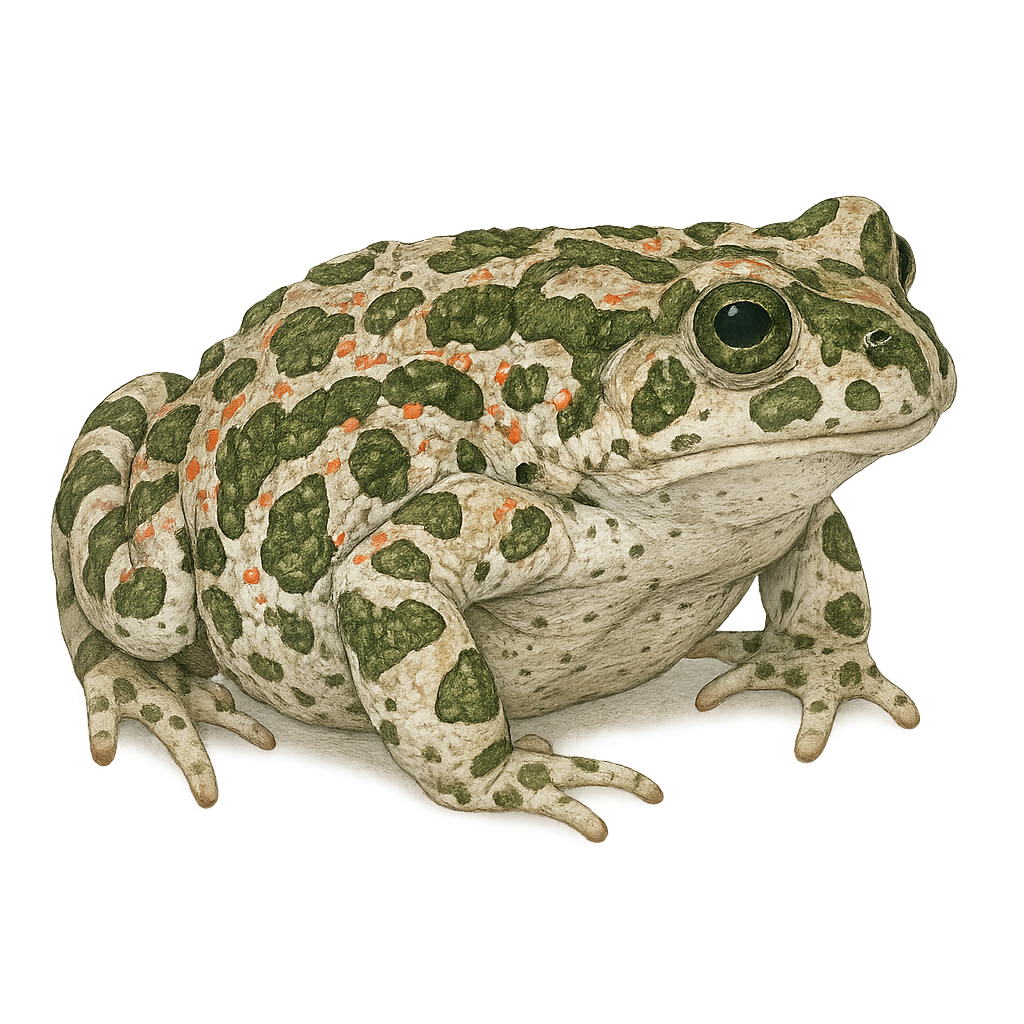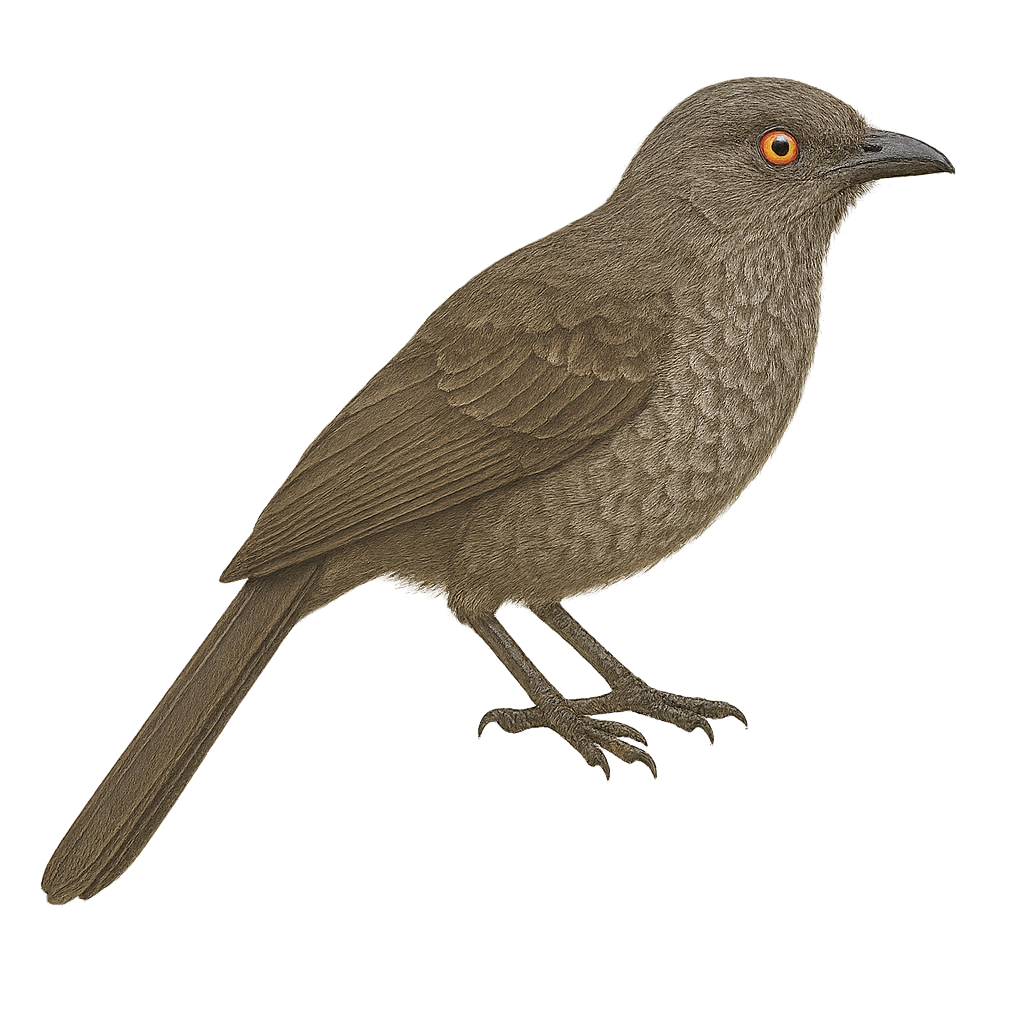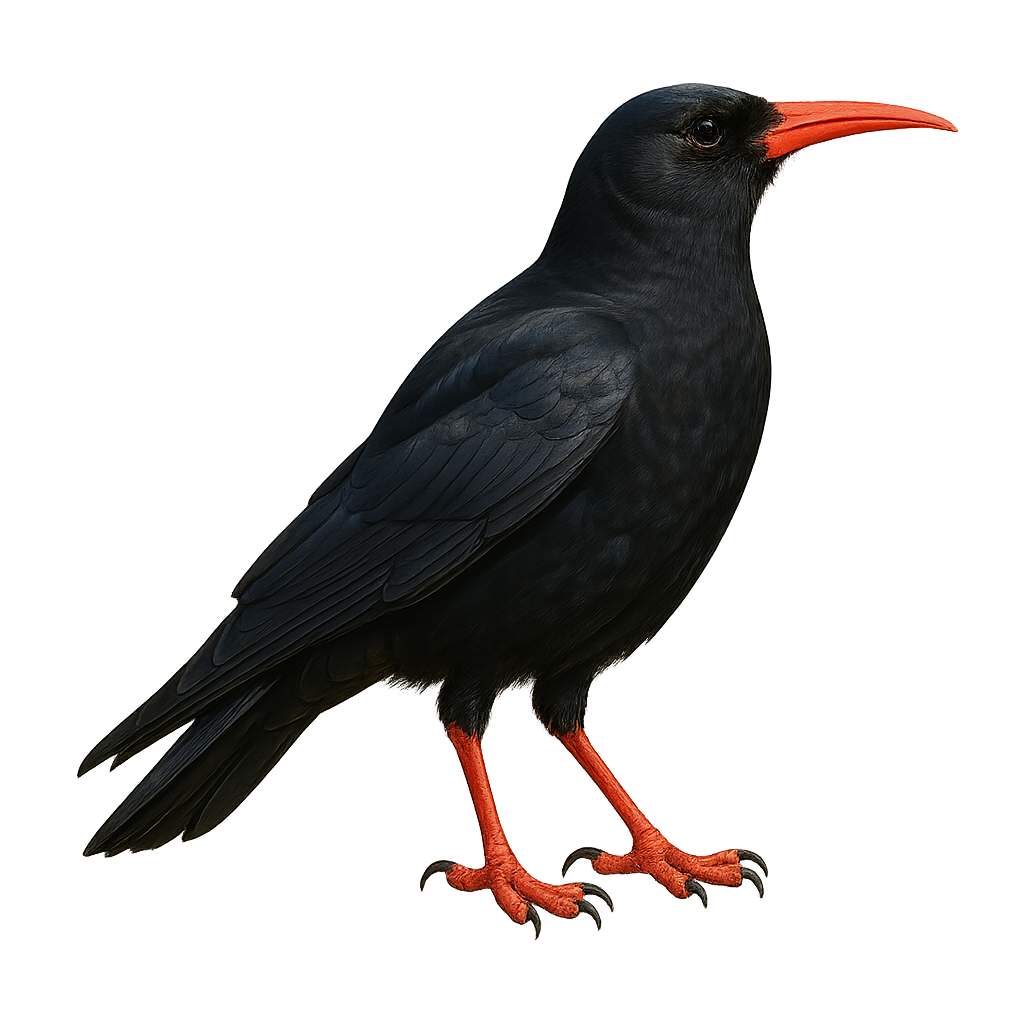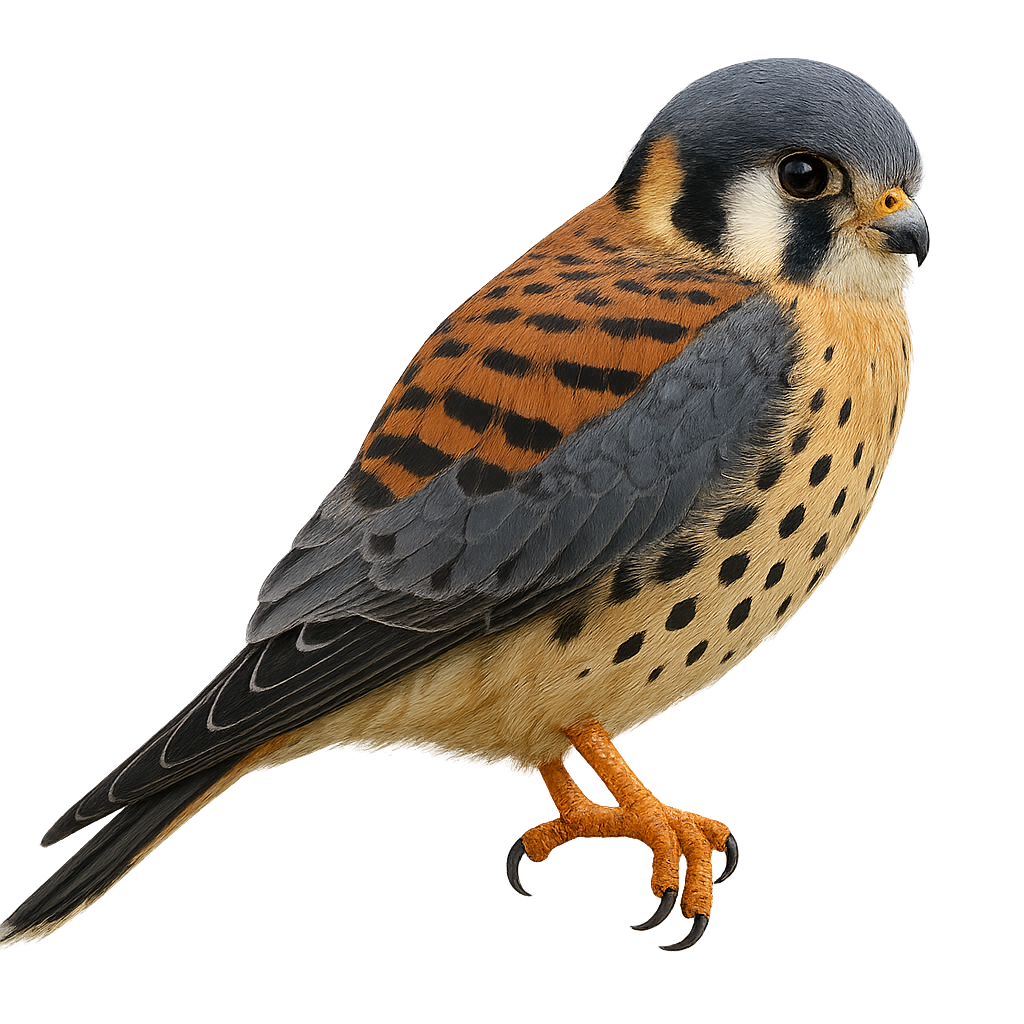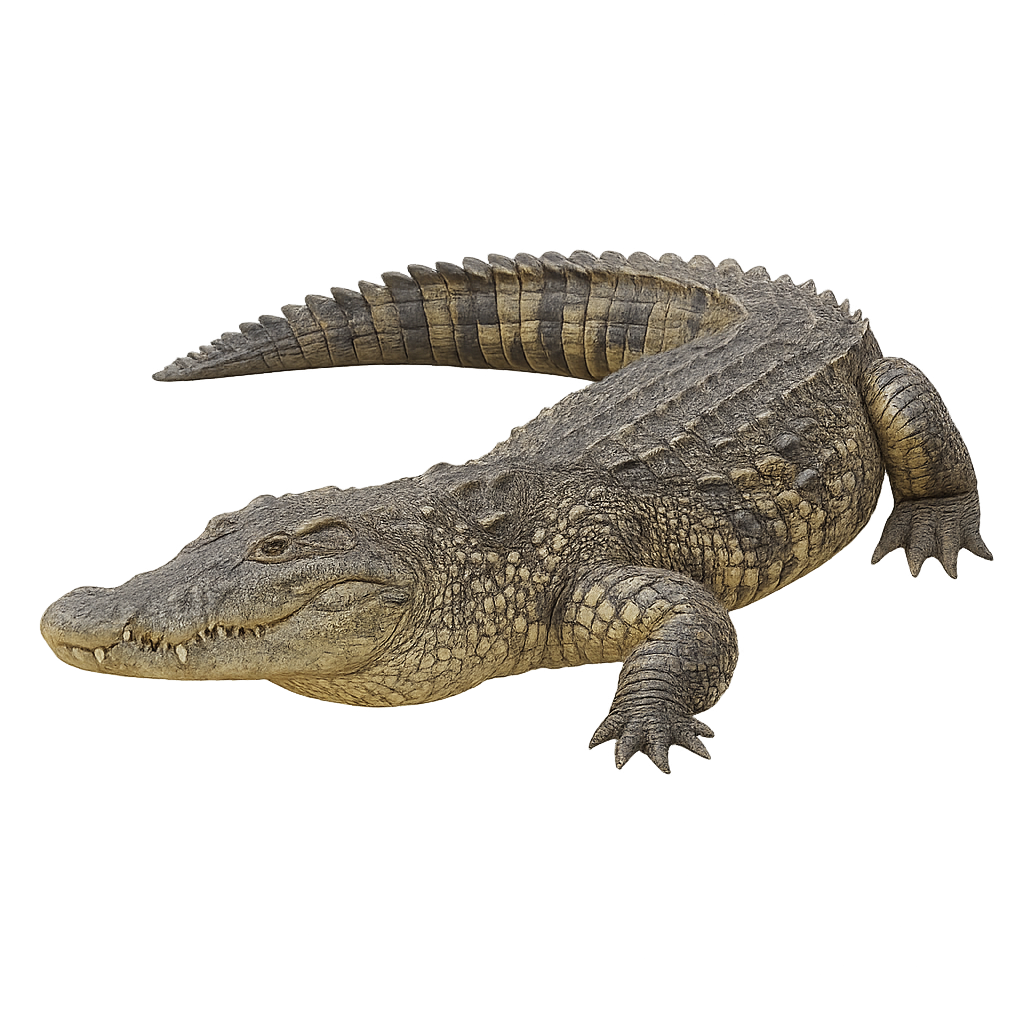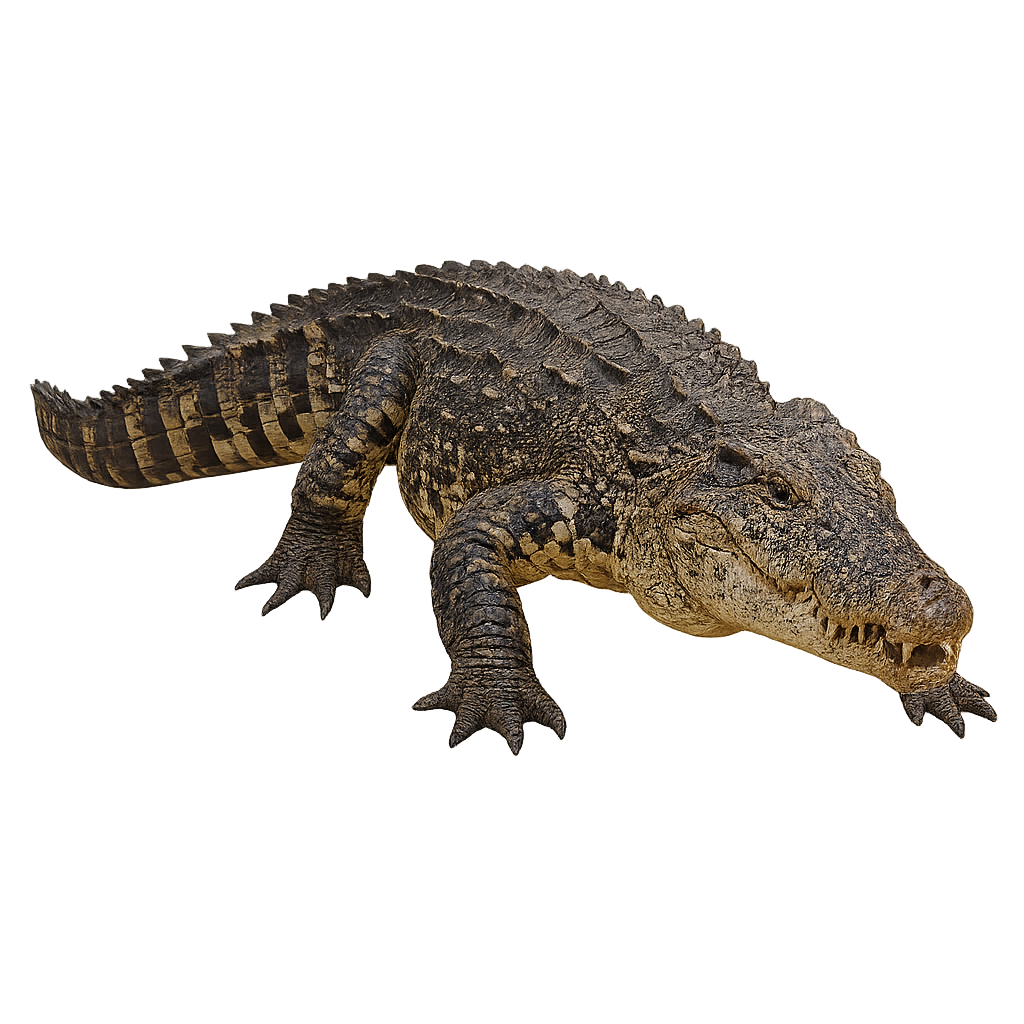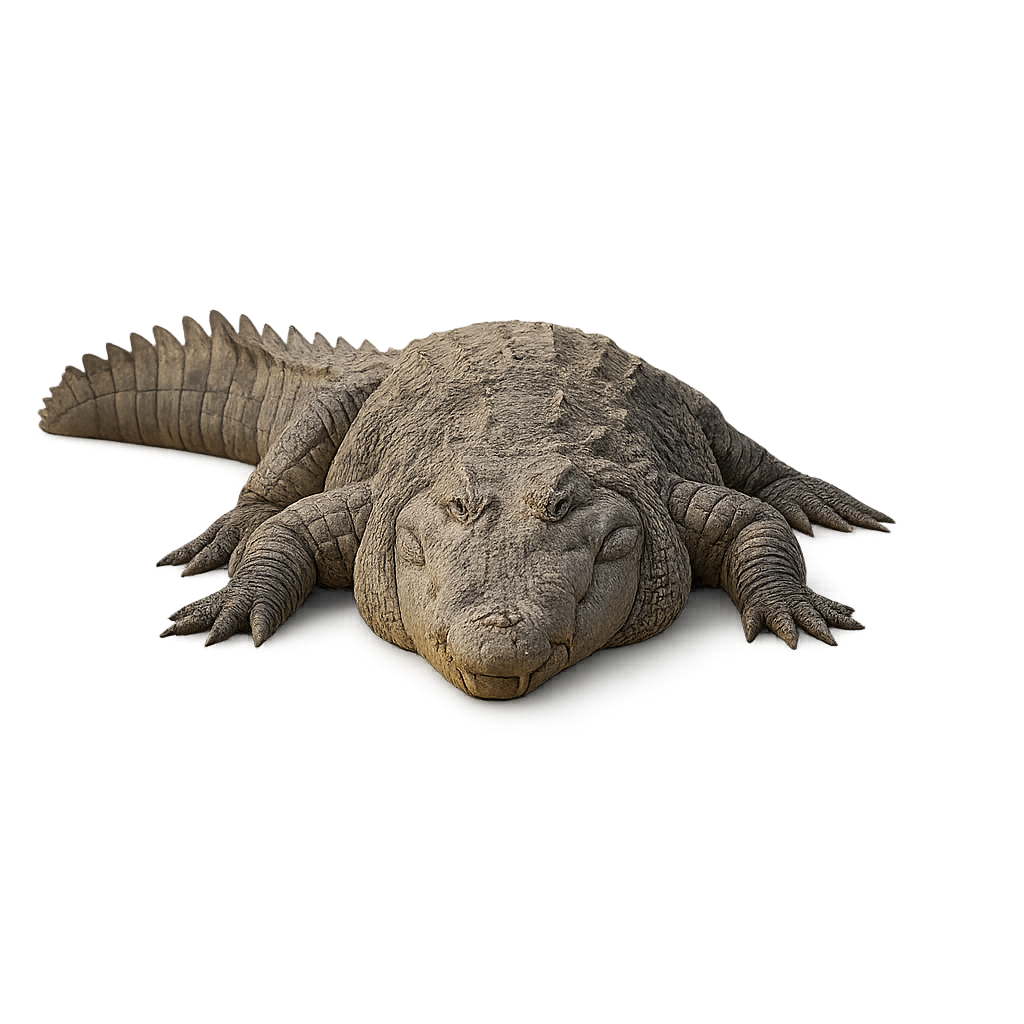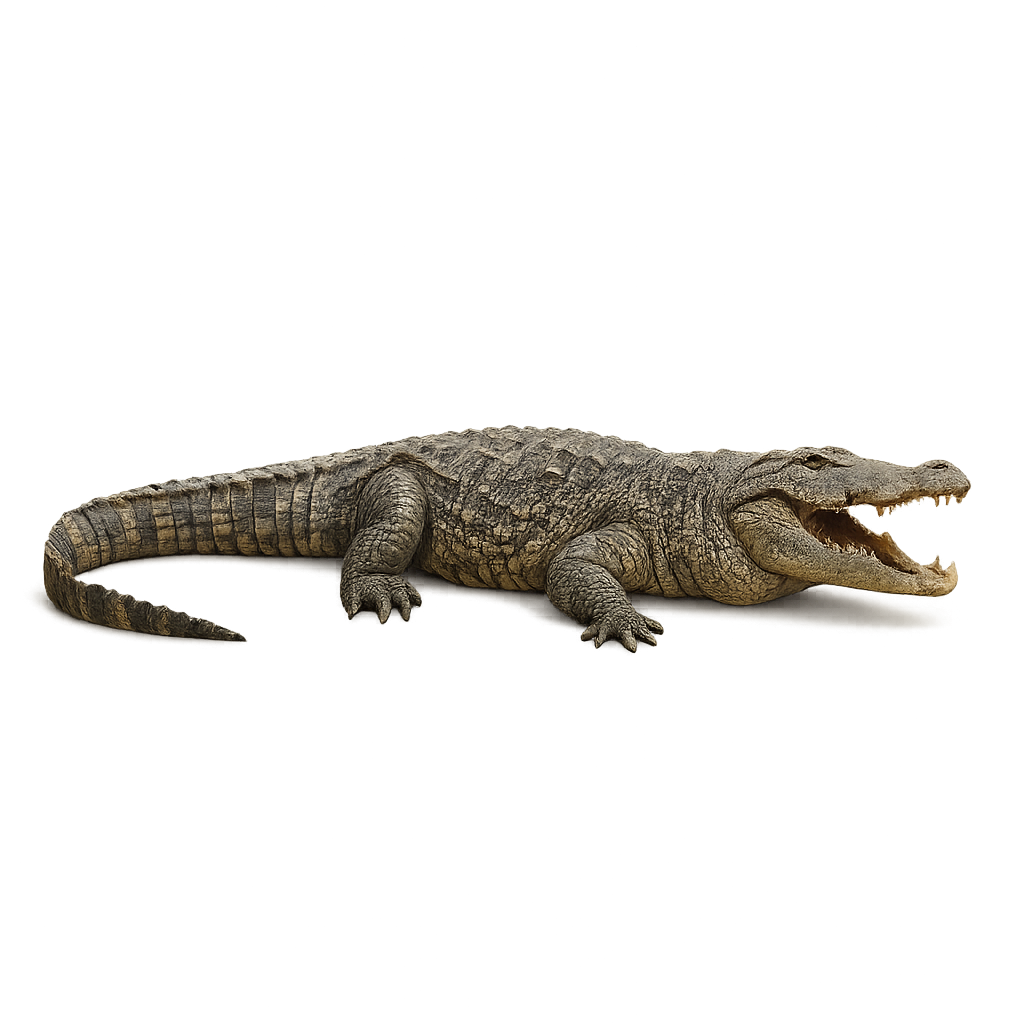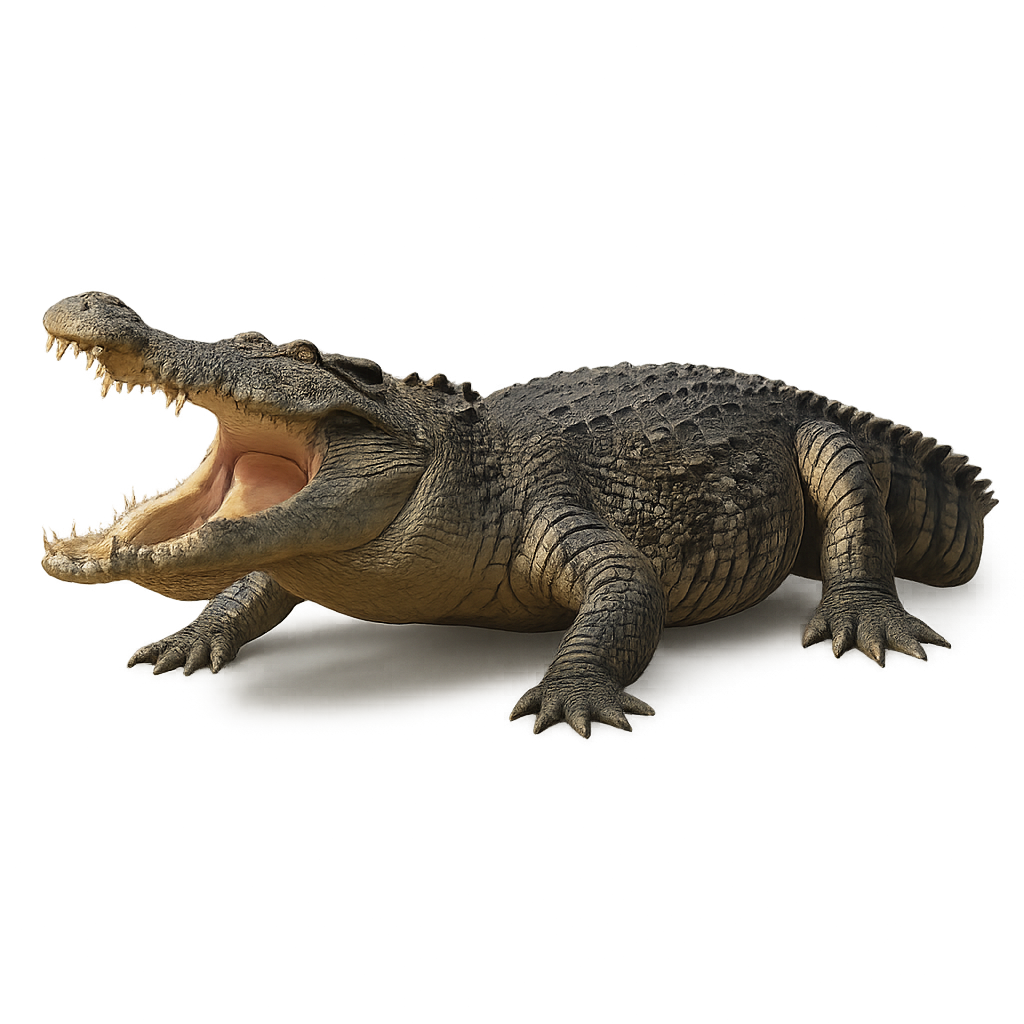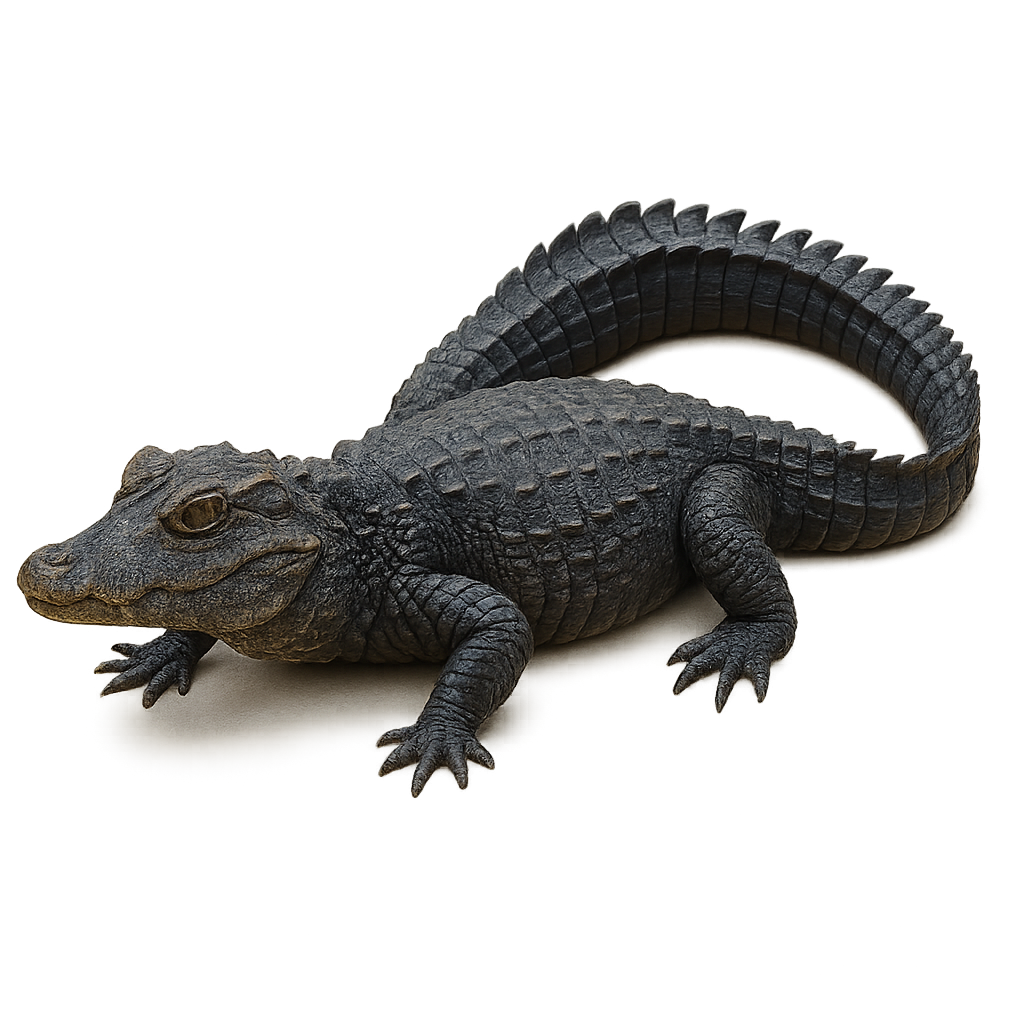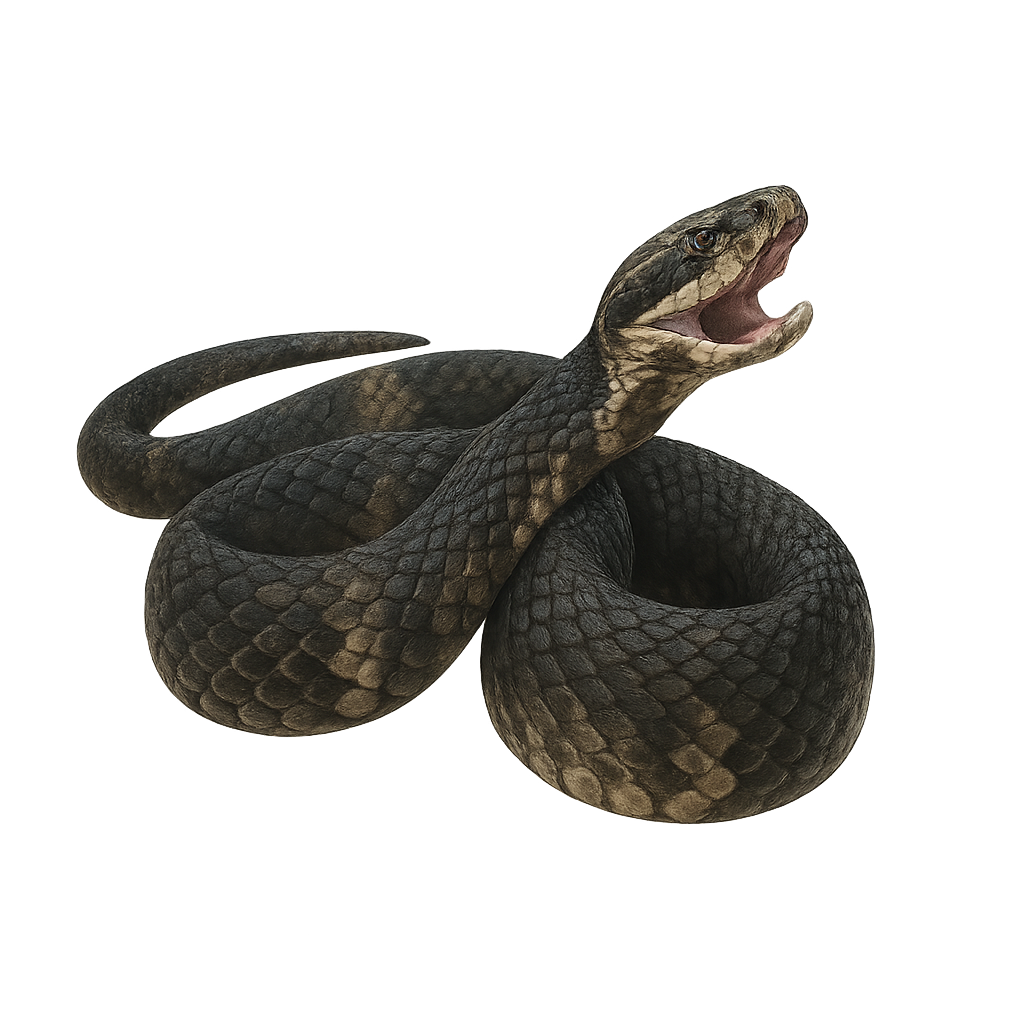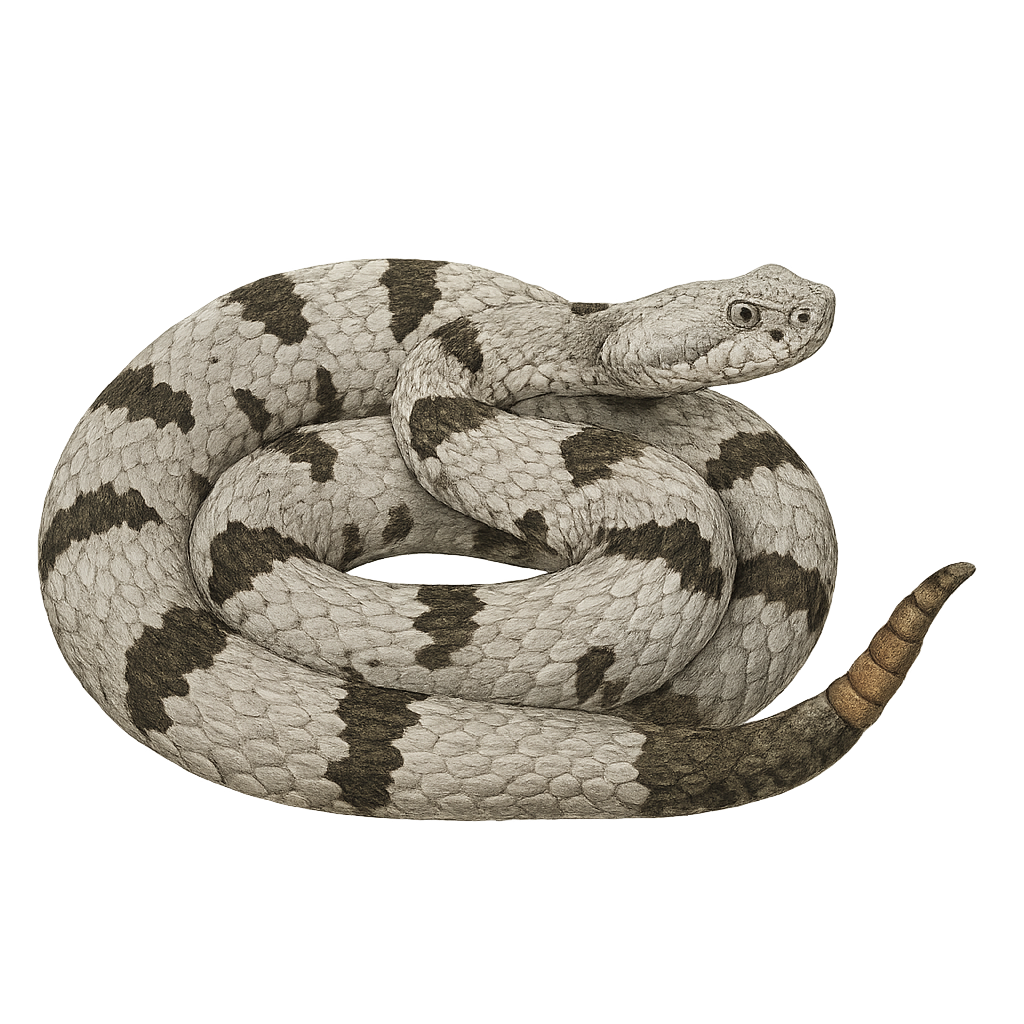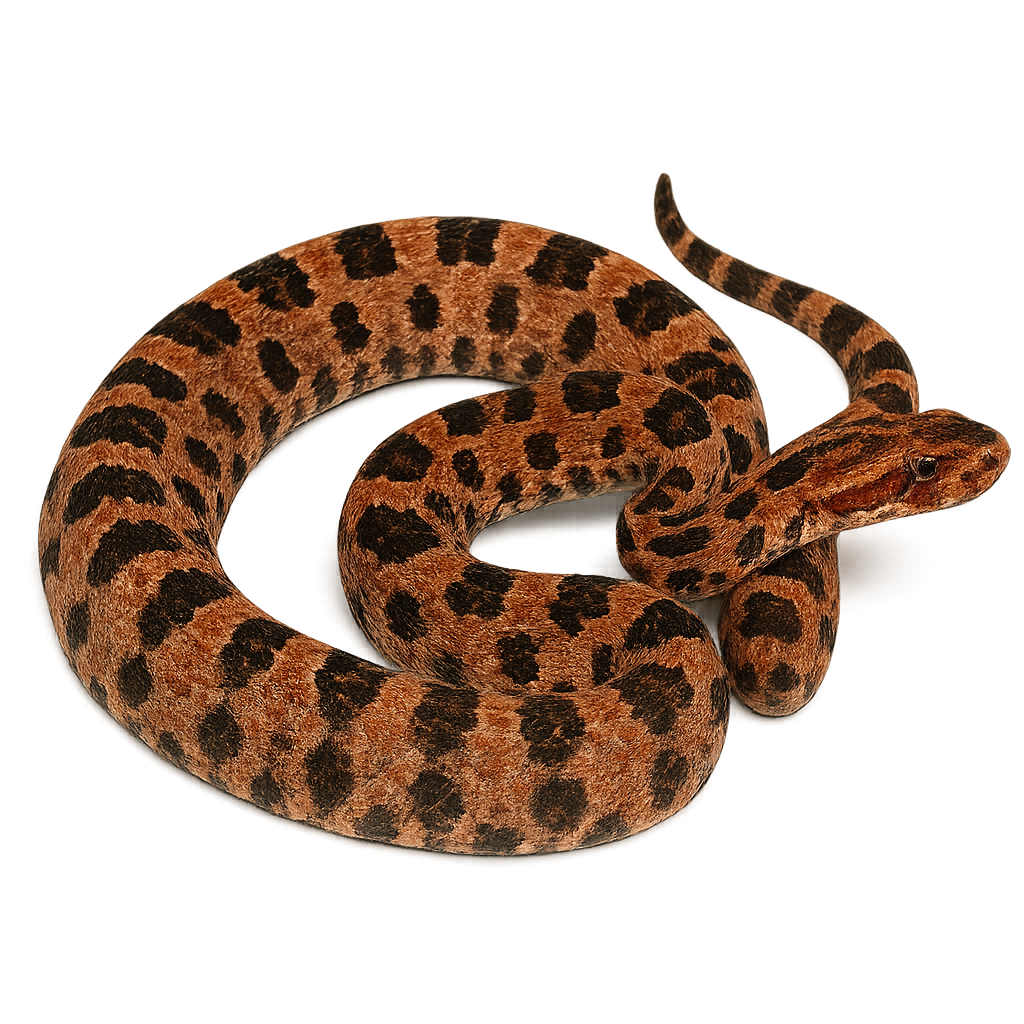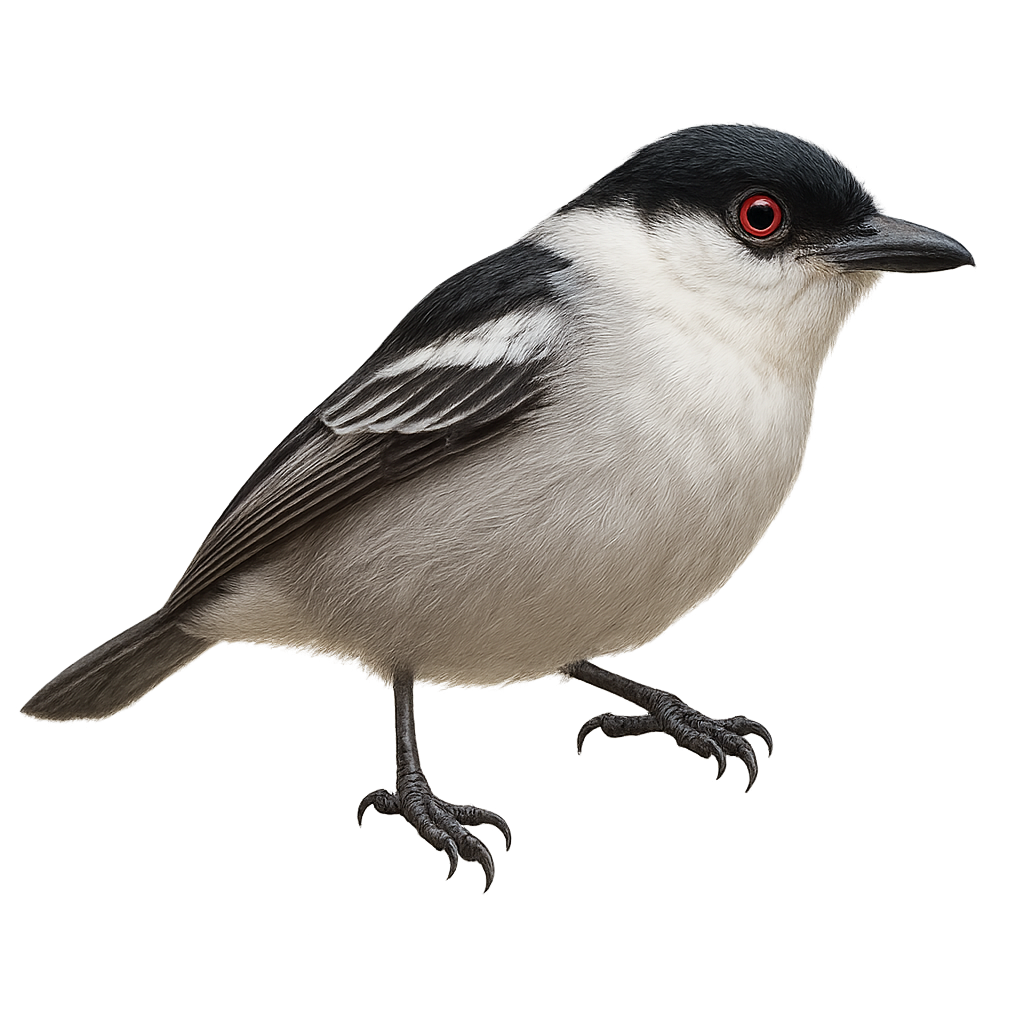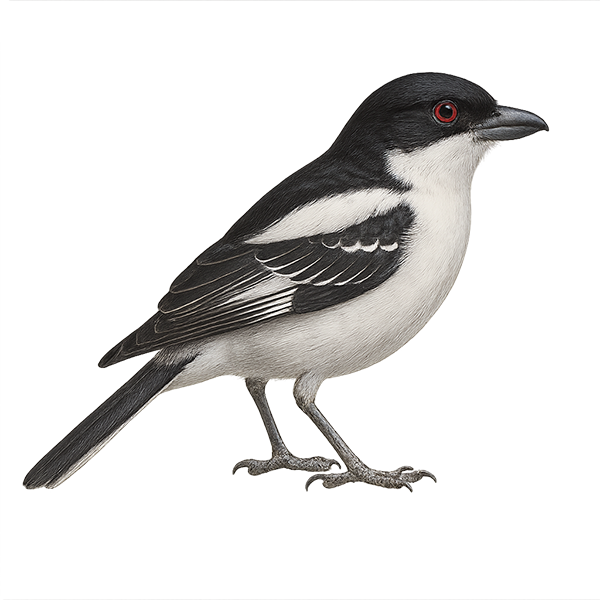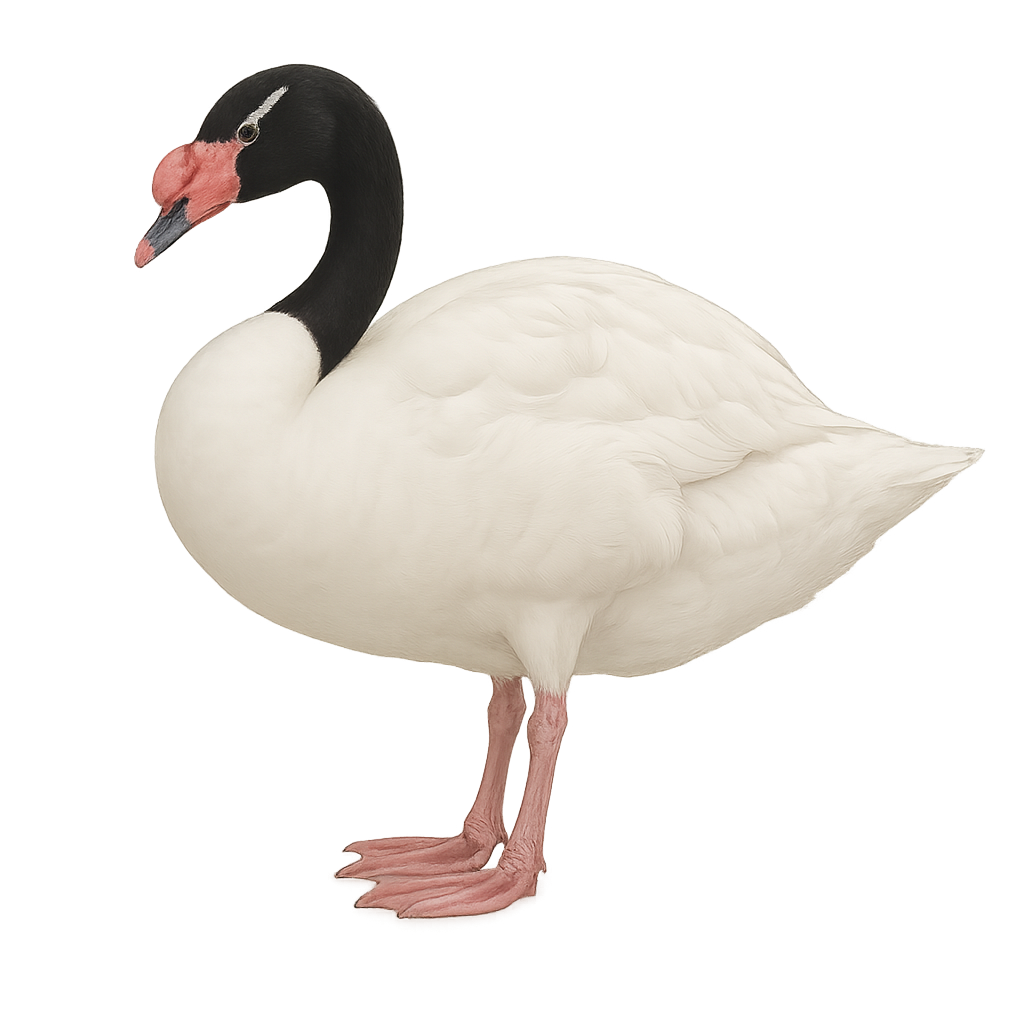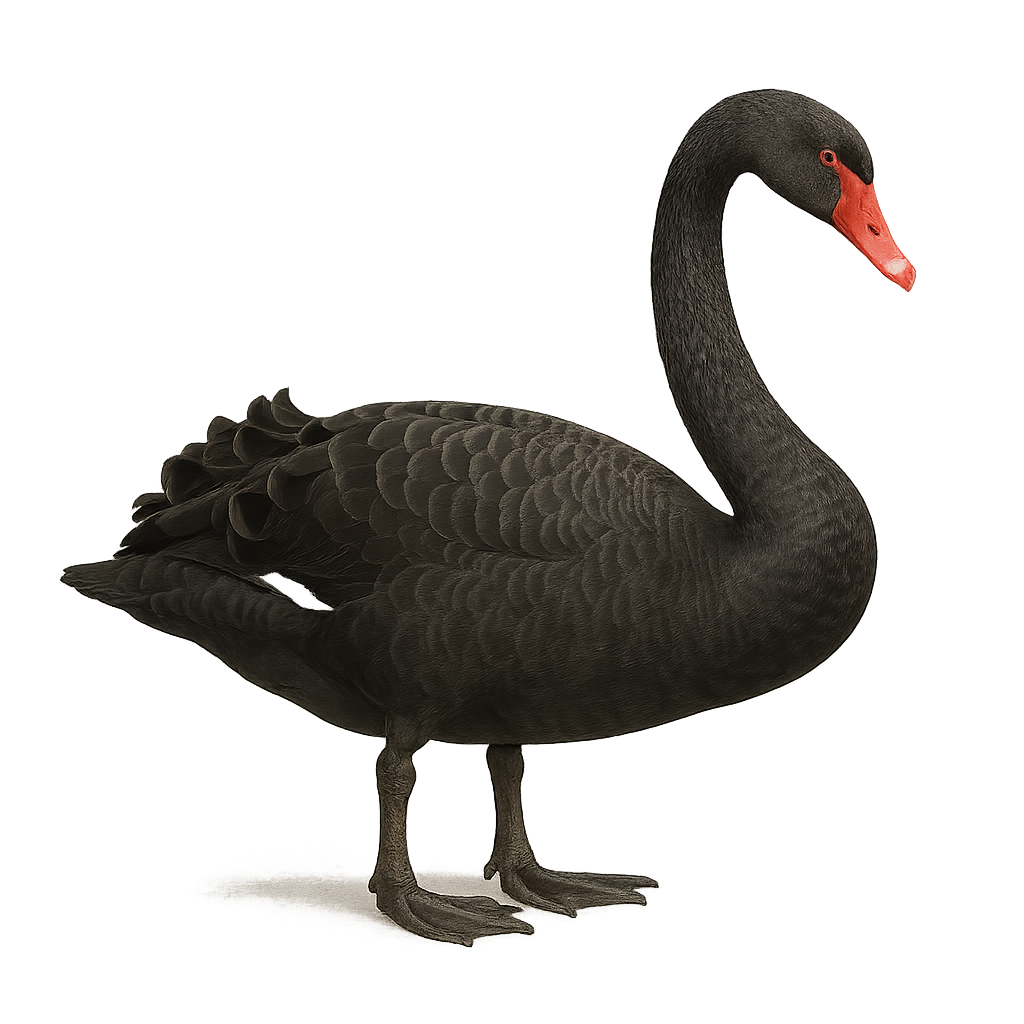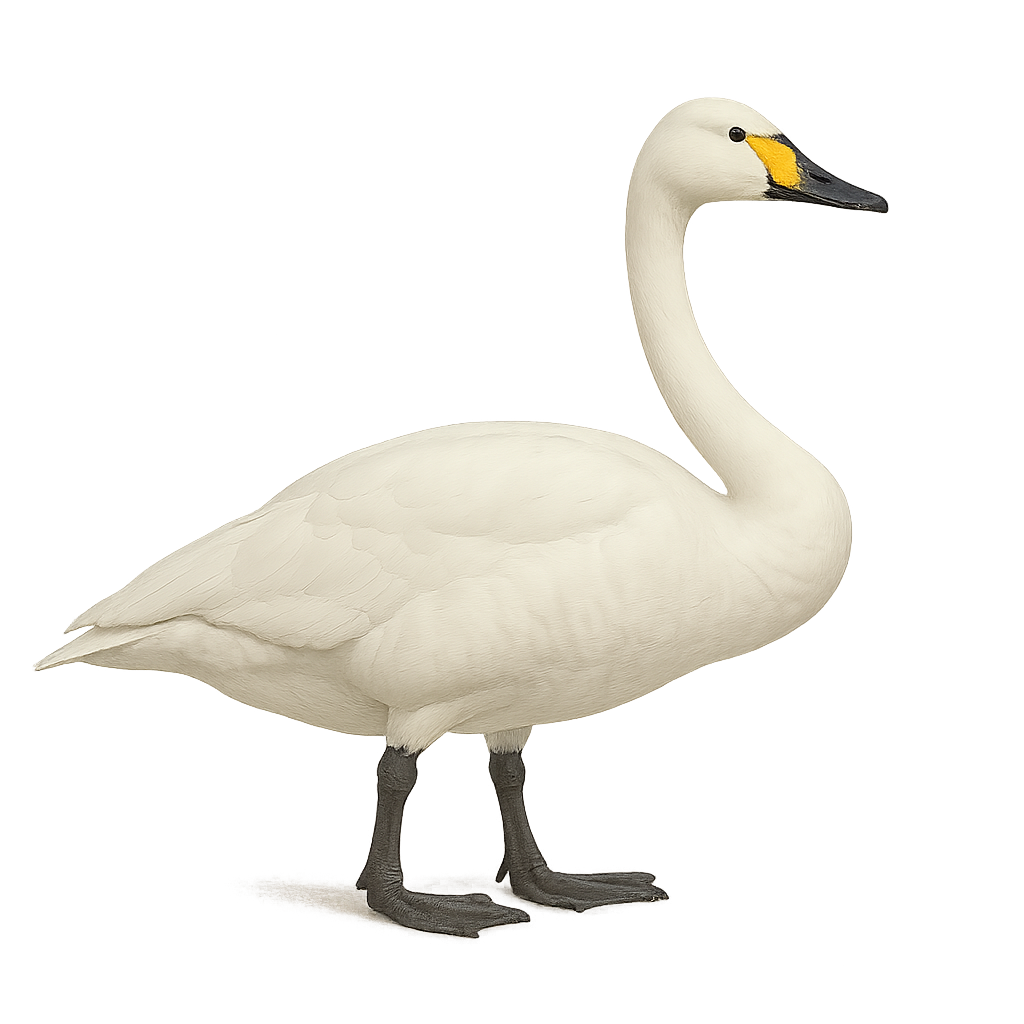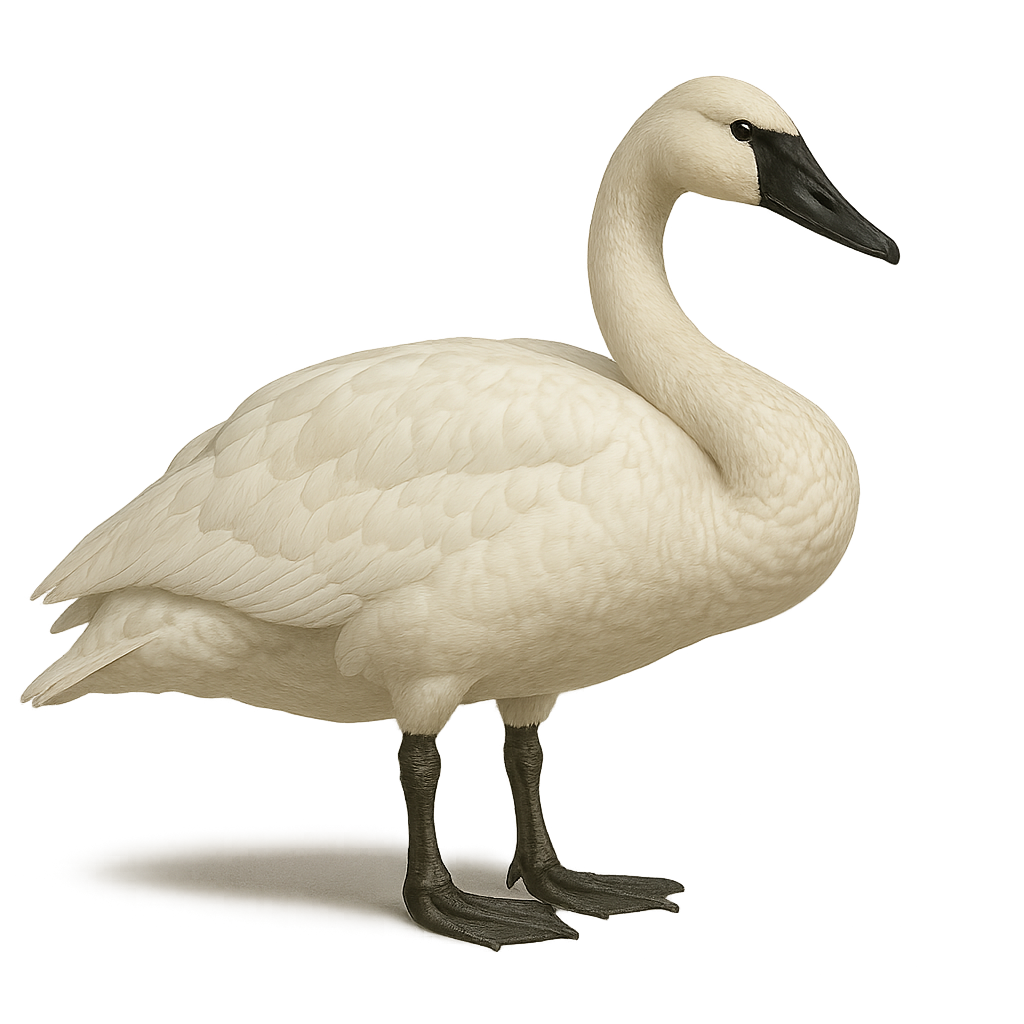The Bombina orientalis, or Oriental fire-bellied toad, is a small amphibian species, typically measuring between 4 and 5 cm. Its skin is smooth and green with black spots on the back, while its belly displays a bright red-orange coloration with black patterns, serving as a warning signal to potential predators. Native to East Asia, it is primarily found in wet areas such as marshes, rice paddies, and flooded forests. Known for its semi-aquatic behavior, it spends a lot of time in water. Its ability to secrete skin toxins protects it from predators.
The European Green Toad, Bufotes viridis, is a medium-sized amphibian, typically measuring between 6 and 10 cm. Its skin is rough, adorned with green spots on a grayish or brownish background, allowing it to blend effectively into its natural surroundings. It is primarily found in Central and Eastern Europe, as well as Western Asia. Preferring open habitats such as meadows, steppes, and agricultural areas, it is also present in urban gardens. Mainly active at night, it feeds on insects, spiders, and other small invertebrates. Its ability to adapt to various environments and its varied diet make it a resilient species, although it is threatened by habitat loss and pollution.
The Scaly Babbler, or Turdoides squamulatus, is a medium-sized bird known for its brownish plumage with distinctive scaly patterns on the chest and back. Often seen in noisy groups, they move through the underbrush and savannas of sub-Saharan Africa. These birds are known for their complex social behavior and varied vocalizations. They primarily feed on insects, small invertebrates, and occasionally fruits. Their preferred habitat includes shrublands and open forests. Although they are quite widespread, observing them may require patience due to their wary nature and habit of hiding in dense vegetation.
The Red-billed Chough, or Pyrrhocorax pyrrhocorax, is a member of the Corvidae family, easily identified by its glossy black plumage and bright red bill. It is commonly found in mountainous and coastal regions, feeding mainly on insects and small invertebrates. Known for its impressive aerial acrobatics and distinctive calls, this bird typically nests on cliffs or in abandoned buildings, forming noisy colonies. Although its range is extensive, it is locally threatened by habitat loss and human disturbances. Its presence often indicates the health of mountainous ecosystems.
The Colostethus subpunctatus is a small-sized frog species commonly found in the humid tropical forests of South America. It is characterized by its smooth skin and color patterns ranging from brown to green, often with lighter spots. This species is particularly interesting for its parental care behavior, where males carry tadpoles on their backs to safe water points. It prefers habitats near streams or wet areas, where it can easily hide under leaves or rocks. Although not endangered, it is sensitive to environmental changes, especially deforestation.
The American Kestrel, or Falco sparverius, is the smallest falcon in North America. It is known for its colorful plumage, featuring shades of rufous, blue-gray, and black. Males have blue wings and a spotted chest, while females display more uniform tones. This raptor is famous for its ability to hover in place, scanning the ground for prey. It primarily feeds on small mammals, insects, and occasionally small birds. Adaptable, it inhabits various environments, from open fields to urban areas. Its presence is often marked by its sharp, piercing call.
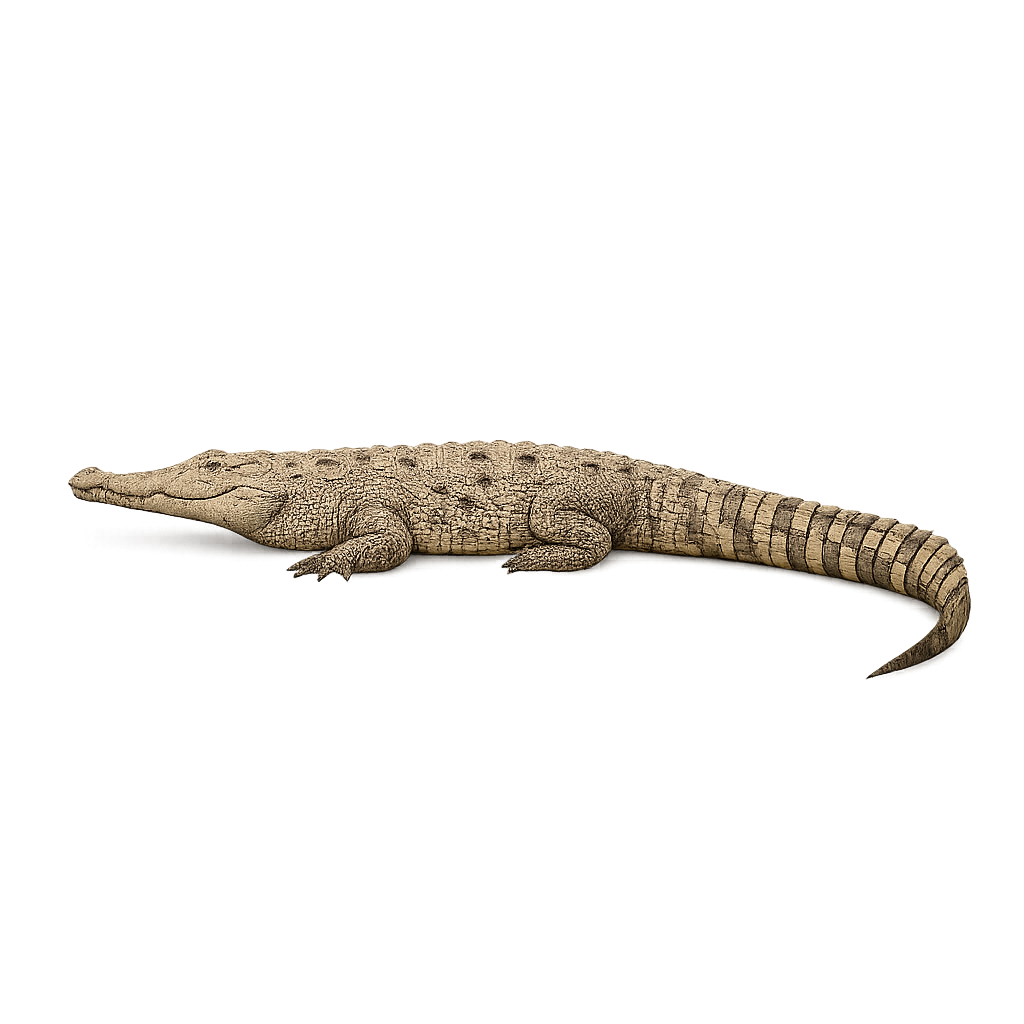
The American Crocodile, also known by the scientific name Crocodylus acutus, is a large reptile distinguished by its impressive size and broad distribution. It can reach lengths of 6 to 7 meters, although some individuals can exceed this size. Its body is covered with green to gray scales, often speckled with darker patches, which help it blend perfectly into the brackish waters and marshlands of its habitats. The American crocodile primarily lives in coastal and estuarine areas, where it feeds on fish, birds, and small mammals. It is an opportunistic hunter and can occasionally capture large prey when they venture too close to the water. This reptile is semi-aquatic and spends a significant amount of time in the water, but it is also capable of moving on land. Regarding migration, the American crocodile is relatively sedentary, although it can travel long distances along the coast depending on environmental conditions. It is listed as vulnerable due to habitat loss and intensive hunting for its skin. Potential Threats: habitat loss due to coastal development and water pollution, illegal hunting for its skin and meat.
The Morelet's crocodile is a large aquatic reptile in the family Crocodylidae, measuring 2–3 m in length, with a robust body, greenish-brown scaly skin and a broad head. It inhabits coastal lakes, rivers, swamps and freshwater lagoons, occasionally brackish waters, feeding mainly on fish, birds and small mammals. During nesting, the female builds a mound of vegetation debris on the shore and lays 20–45 eggs, which she guards for about 80 days.
The Cuban crocodile, Crocodylus rhombifer, is a medium-sized species endemic to Cuba, primarily found in the Zapata Swamp and the Isle of Youth. It typically measures between 2 and 3.5 meters in length and is known for its distinctive scaly skin with vibrant colors ranging from olive green to yellow, with black patterns. This opportunistic predator feeds mainly on fish, small mammals, and birds. It is recognized for its aggressive and territorial behavior, making it potentially dangerous to humans. Unfortunately, this species is critically endangered due to habitat loss and illegal hunting.
The Orinoco crocodile is a large aquatic reptile in the family Crocodylidae, measuring 3–4 m in length, with olive-green scaly skin and a heavy head. It inhabits rivers, lakes and swamps of the Orinoco basin, feeding mainly on fish, turtles and small mammals. During nesting, the female builds a vegetation mound on the riverbank and lays 30–40 eggs, guarding them for about 80 days.
The Marsh Crocodile, also known by the scientific name Crocodylus palustris, is a medium-sized reptile that can reach about 4 to 5 meters in length. Its body is typically olive to brown, with darker patterns that allow it to effectively blend into the swamps, rivers, and lakes of its habitat. This crocodile is primarily carnivorous and feeds on fish, birds, and small mammals, but it can also hunt larger animals when they venture too close to the water. The Marsh Crocodile is known for its patience and discretion when hunting, often remaining still for hours before seizing its prey. In terms of distribution, it is found in the Indian subcontinent, particularly in India, Pakistan, Bangladesh, and Sri Lanka. Although primarily sedentary, it can move short distances in search of new habitats. This species is listed as vulnerable due to habitat loss and hunting for its skin. Major threats include the draining of swamps, water pollution, and conflicts with human communities.
The Nile Crocodile is one of the most formidable and largest species of crocodiles, capable of reaching up to 5 meters in length. It primarily lives in rivers, lakes, and swamps in Africa and is an opportunistic predator, mainly hunting fish, birds, and mammals that approach the shores. This crocodile is also known for its territorial behavior, with males often dominating large aquatic areas. Its powerful body and rough skin allow it to blend into its environment, facilitating its stealthy hunting strategy. While primarily aquatic, the Nile Crocodile sometimes ventures onto land to bask in the sun.
The Saltwater crocodile is the largest of the crocodiles, reaching up to 7 meters in length. It lives in the saline and brackish waters of the coasts of Southeast Asia, northern Australia, and the islands of the Indian Ocean. A powerful predator, it primarily feeds on fish, birds, and mammals, including large prey such as buffaloes and even sharks. While it is often feared for its size and power, it remains discreet in shallow waters and mangrove swamps. Due to hunting and habitat loss, the Saltwater crocodile is classified as a vulnerable species.
The African dwarf crocodile is a small semi-aquatic crocodilian, measuring 1–1.5 m in length, with a robust body, broad head, and dark brown and black mottled skin. It inhabits forest swamps, slow-moving tributaries, and wetlands of West and Central Africa, feeding primarily on fish, crustaceans, and aquatic invertebrates. Solitary and crepuscular, it shelters in burrows or under tree roots.
The Cottonmouth, or Agkistrodon piscivorus, is a venomous semi-aquatic snake found primarily in the southeastern United States. It is recognizable by its triangular head and coloration that ranges from brown to black, often with lighter crossbands. This snake is well adapted to aquatic environments such as swamps, rivers, and lakes, but can also be found on land. It is known for its defensive behavior, widely opening its mouth to show the white interior, hence the name "cottonmouth". Although venomous, it generally only attacks if it feels threatened. Its bite can be dangerous to humans, requiring immediate medical attention.
The Rock Rattlesnake, or Crotalus lepidus, is a medium-sized venomous snake, typically measuring between 50 and 70 cm in length. It is characterized by its gray or brownish coloration, often marked with dark crossbands, allowing it to blend into its rocky environment. This snake is primarily found in the mountainous regions of the southwestern United States and northern Mexico. It prefers rocky and arid habitats, where it can easily hide. Although venomous, it is generally not aggressive towards humans and prefers to flee rather than bite.
The Sistrurus miliarius, commonly known as the pygmy rattlesnake, is a small venomous snake, typically measuring between 40 and 60 cm. It is recognizable by its varied coloration, ranging from gray to brown, with diamond-shaped or banded patterns. Its head is triangular, and it has a small rattle at the end of its tail, although this is often less noisy than that of other rattlesnakes. It is primarily found in the southeastern United States, inhabiting diverse environments such as pine forests, marshes, and grasslands. Although venomous, its bites are rarely fatal to humans but still require immediate medical attention.
The Black-backed Puffback, or Dryoscopus cubla, is a medium-sized bird belonging to the Malaconotidae family. It is primarily found in wooded areas and savannas of sub-Saharan Africa. This bird is distinguished by its black and white plumage, with a black back and white belly, hence its name. Males and females show slight sexual dimorphism, with males having brighter colors. Known for its melodious and varied song, it is often heard before being seen. The Black-backed Puffback is a territorial bird, usually living in pairs or small family groups. It primarily feeds on insects but can also consume fruits and seeds.
The Yellow-bellied Shrike, or Dryoscopus gambensis, is a medium-sized bird known for its distinctive plumage. It features a dark gray back, white belly, and black wings with shiny highlights. This bird is often found in the savannas and open forests of sub-Saharan Africa. It primarily feeds on insects, which it skillfully captures with its robust beak. The Yellow-bellied Shrike is a territorial bird, often seen alone or in pairs. Its song is melodious and varied, making it easily identifiable for birdwatchers. Although generally discreet, it may become more visible during the breeding season.
The Black-necked Swan, Cygnus melancoryphus, is a graceful waterbird native to South America. It is easily recognized by its pure white plumage contrasted with a black neck and a striking red knob at the base of its bill. Preferring freshwater lakes, lagoons, and marshes, it primarily feeds on aquatic plants. Known for its elegance, it swims gracefully and often forms monogamous pairs that share parental duties. While generally tolerant of humans, it can become wary if threatened. Its population is stable, but it remains vulnerable to environmental changes.
The Whooper Swan, also known by the scientific name Cygnus cygnus, is a large species of swan that can reach a wingspan of 2 to 2.5 meters, making it one of the largest swans in Europe and Asia. Its plumage is entirely white, except for the bright orange skin covering its bill. The Whooper Swan is primarily a migratory bird that lives in wetlands, lakes, and marshes. It feeds mainly on aquatic plants, but can also consume seeds and roots. During the breeding season, the Whooper Swan prefers freshwater lakes and ponds, where it builds floating nests. The migration of the Whooper Swan is particularly notable, as it travels long distances between its breeding grounds in Northern Europe and its wintering areas in Western Europe, Central Asia, and China. While its status is currently stable, the Whooper Swan can be threatened by habitat loss due to the draining of wetlands and water pollution. It is also vulnerable to illegal hunting and human disturbances.
The black swan, Cygnus atratus, is a large waterbird native to Australia, easily identifiable by its black plumage and bright red bill. Measuring up to 1.4 meters in length with a wingspan reaching 2 meters, it is one of the largest swans. Black swans primarily inhabit lakes, rivers, and marshes, feeding on aquatic plants. They are known for their social behavior and often form groups. Nesting usually occurs on isolated islands or shores. Although mostly sedentary, some may migrate depending on climatic conditions.
The Tundra Swan, Cygnus columbianus, is a medium-sized waterfowl belonging to the Anatidae family. It is recognizable by its pure white plumage and black bill with a yellow spot at the base. This swan is known for its melodious call, which gives it its name. It primarily inhabits wetlands and lakes in Arctic and subarctic regions during the breeding season, then migrates to more temperate areas in winter. The Tundra Swan is a gregarious bird, often seen in large flocks. Its diet mainly consists of aquatic plants, which it uproots by dipping its long neck underwater.
The Trumpeter Swan, Cygnus buccinator, is the largest swan in North America, renowned for its pure white plumage and long, elegant neck. It is distinguished by its black bill and dark eyes. Its powerful, resonant call, reminiscent of a trumpet, gives it its name. This majestic swan frequents lakes, marshes, and rivers, feeding primarily on aquatic plants. It is often seen in small family groups. Although its population was once threatened by hunting and habitat loss, conservation efforts have led to an increase in numbers. The Trumpeter Swan is a symbol of beauty and grace in aquatic ecosystems.
The mute swan is a large waterbird found in lakes, rivers, and ponds across Europe and Asia. It is easily recognized by its bright white plumage, long graceful neck, and the black knob on its beak. This bird is known for its majestic flight and territorial behavior, especially when protecting its territory or young. Mute swans primarily feed on aquatic vegetation but can also eat small invertebrates.
The Blue Dacnis is a small, colorful bird native to the tropical forests of South America. It is easily identified by its striking plumage: males have a bright blue head and back, while females display greener hues. This passerine measures about 12 cm in length and primarily feeds on fruits, nectar, and insects. It is often seen in small groups or pairs, actively moving through the canopy in search of food. Although its habitat is threatened by deforestation, the Blue Dacnis remains relatively common within its range.
The White-bellied Dacnis is a small, colorful bird belonging to the Thraupidae family. It is primarily found in the tropical rainforests of South America, particularly in Venezuela, Colombia, and Brazil. This passerine is distinguished by its striking plumage: males display a bright blue with a white belly, while females have more subdued shades of green and blue. The White-bellied Dacnis is a diurnal bird, active mainly during the day, feeding on fruits, nectar, and insects. It is often seen in small groups, sometimes in the company of other bird species. Although its habitat is threatened by deforestation, it is currently classified as "least concern" by the IUCN.
The Yellow-bellied Dacnis is a small, colorful bird belonging to the Thraupidae family. It is distinguished by its vibrant plumage, with a bright yellow belly contrasting with a blue-green back. Males and females exhibit sexual dimorphism, with males displaying more vivid colors. This bird is primarily frugivorous but also feeds on insects. It is found in the humid tropical forests of South America, particularly in Colombia, Peru, and Brazil. It is often seen in small groups, actively moving through the canopy in search of food. Although its habitat is threatened by deforestation, the Yellow-bellied Dacnis is currently classified as Least Concern by the IUCN.
The Blue Dacnis, or Dacnis cayana, is a small, colorful bird found in the tropical forests of South America. Males display vibrant blue plumage with black wings and tail, while females are a more subdued green. Measuring about 12 to 13 cm, this bird is often seen in pairs or small groups. It primarily feeds on fruits, nectar, and insects, playing a role in pollination and seed dispersal. The Blue Dacnis is a diurnal bird, most active in the morning and late afternoon. It is known for its melodious song and aerial acrobatics when feeding in the canopy.

The Fallow Deer, also known by the scientific name Dama dama, is a medium-sized cervid native to Europe and Asia Minor. It stands between 90 and 120 cm tall at the withers and can weigh between 30 and 100 kg, depending on sex and environment. Its coat, usually brown or gray, is spotted with white during the summer season, helping it blend into its forest habitat. The Fallow Deer primarily inhabits forests and woodlands, where it feeds on a variety of vegetation, including grasses, leaves, fruits, and bark. It is also known for its habit of moving in herds, often forming separate groups of males or females. The Fallow Deer is a ruminant herbivore that is primarily active at dawn and dusk. Although it is mostly sedentary, it can travel long distances in search of food or new habitats. During the breeding season, males fight for females, producing characteristic sounds such as roars. This species is listed as of least concern, but it can be threatened by habitat loss and excessive hunting.



